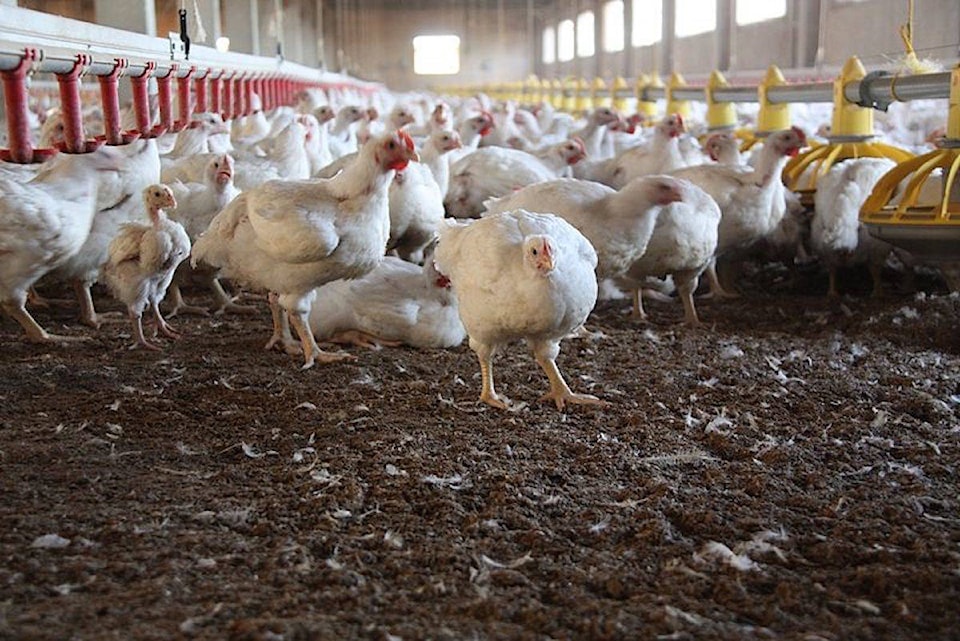Growth in production, more access to domestic market by competitors and the lack of strength in the dollar will push poultry producers in Canada in 2019.
However, according to Farm Credit Canada’s (FCC) chief agricultural economist J.P. Gervais, the outlook for profitability in the sector is fairly good.
“We have seen moderate domestic production growth the last few years and we expect that to continue in 2019,” he explained.
“While a lot of Canadian producers compete with U.S. suppliers to some extent, that is limited by the supply management system we are in. I think the number one thing is there is a very strong demand for chicken and believe producers and processors should think about the rising supply of red meat across North America.”
He noted that in the U.S., pork production grew nearly three per cent in 2018 and projected to rise another 5.3 per cent this year. Meanwhile, beef in North America will likely see a similar upward trend — anticipating a 3.4 per cent increase in production in 2019 after a 2.9 per cent hike last year.
Those facts — combined with growing demand of other types of proteins — is bound to lower the price for chicken some time this year and may affect production.
It’s why Gervais has tempered the 2019 growth forecast, anticipating it will be just less than three per cent, as opposed to the more than four per cent rise last year.
One other note he made is producers, who average 73 cent on operational costs for every dollar in revenue, should take the time now to look at further efficiencies in order to achieve optimal production targets. Producers also need to evaluate their finances as there will be a great risk in 2019 as interest rates are likely to climb.
Tied to trade
However, Gervais added none of that is guaranteed, especially with the worldwide trade market tensions that threaten growth of the economy and protein demand.
This includes the current U.S. versus China dispute, Canada’s troubles with both those countries as well as the battle in the European market over how to deal with Great Britain and the recently enhanced trans-pacific partnership agreement.
It’s expected about 3,900 metric tonnes of tariff-free chicken will be allowed into Canada. However, Gervais noted Chile is the lone trade partner — outside the U.S. — that is presently authorized to sell the product to Canada, so any impact will be minimal.
Additionally, Gervais stated access by U.S. producers will be limited to about 47,000 metric tonnes or around eight per cent of domestic production for this year, while that access will rise to 57,000 in six years once the new North American trade pact has been ratified.
What that means is any impact of increased access will have longer term effects on the industry instead of more immediate pain.
The weak loonie will also create some impact, but because of the supply management system’s pricing that will be mitigated some. Where it will hit producers is on the cost of production with higher feed grain prices.
This is the second of seven in a series looking at the agricultural sector for Canadian producers.
